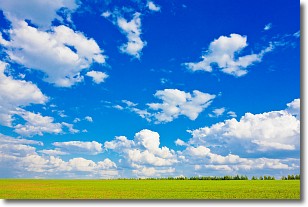Weather Alert in North Carolina
Flood Advisory issued September 2 at 9:45PM EDT until September 2 at 11:00PM EDT by NWS Greenville-Spartanburg SC
AREAS AFFECTED: Graham, NC
DESCRIPTION: * WHAT...Flooding caused by excessive rainfall continues. * WHERE...A portion of western North Carolina, including the following county, Graham. * WHEN...Until 1100 PM EDT. * IMPACTS...River or stream flows are elevated. * ADDITIONAL DETAILS... - At 939 PM EDT, Doppler radar indicated as much as 2.5 inches of rain had fallen in the headwaters of Long Creek, just west of Joanna Bald. Streams will remain high in the Long Creek drainage through late evening, and continue to be wary of the possibility of water over roads and/or flooding of low-lying areas, perhaps as far downstream as Snowbird Rd. This advisory is expected to expire on schedule. - Some locations that will experience flooding include... Robbinsville. - http://www.weather.gov/safety/flood
INSTRUCTION: Be especially cautious at night when it is harder to recognize the dangers of flooding.
Want more detail? Get the Complete 7 Day and Night Detailed Forecast!
Current U.S. National Radar--Current
The Current National Weather Radar is shown below with a UTC Time (subtract 5 hours from UTC to get Eastern Time).

National Weather Forecast--Current
The Current National Weather Forecast and National Weather Map are shown below.

National Weather Forecast for Tomorrow
Tomorrow National Weather Forecast and Tomorrow National Weather Map are show below.

North America Water Vapor (Moisture)
This map shows recent moisture content over North America. Bright and colored areas show high moisture (ie, clouds); brown indicates very little moisture present; black indicates no moisture.

Weather Topic: What are Cumulus Clouds?
Home - Education - Cloud Types - Cumulus Clouds
 Next Topic: Drizzle
Next Topic: Drizzle
Cumulus clouds are fluffy and textured with rounded tops, and
may have flat bottoms. The border of a cumulus cloud
is clearly defined, and can have the appearance of cotton or cauliflower.
Cumulus clouds form at low altitudes (rarely above 2 km) but can grow very tall,
becoming cumulus congestus and possibly the even taller cumulonimbus clouds.
When cumulus clouds become taller, they have a greater chance of producing precipitation.
Next Topic: Drizzle
Weather Topic: What is Evaporation?
Home - Education - Precipitation - Evaporation
 Next Topic: Fog
Next Topic: Fog
Evaporation is the process which returns water from the earth
back to the atmosphere, and is another crucial process in the water cycle.
Evaporation is the transformation of liquid into gas, and it happens because
molecules are excited by the application of energy and turn into vapor.
In order for water to evaporate it has to be on the surface of a body of water.
Next Topic: Fog
Current conditions powered by WeatherAPI.com




